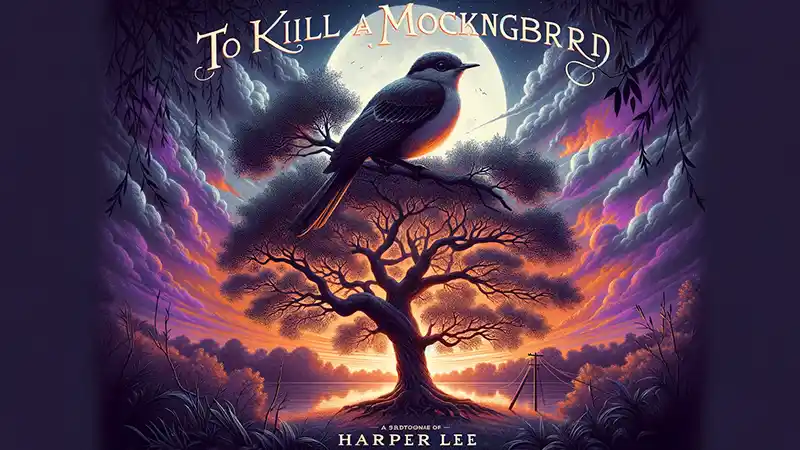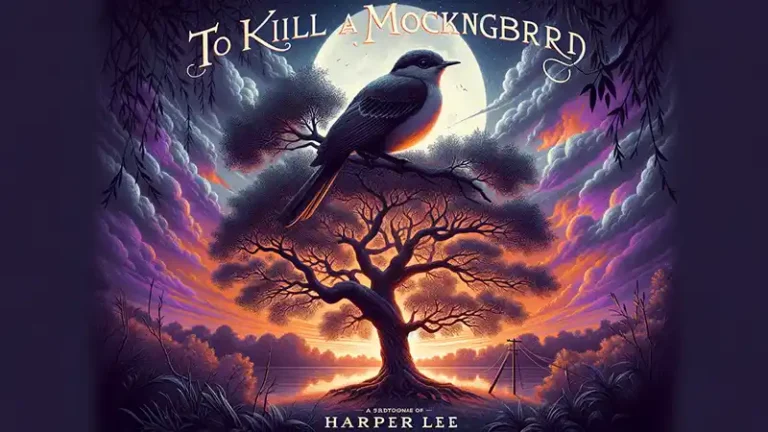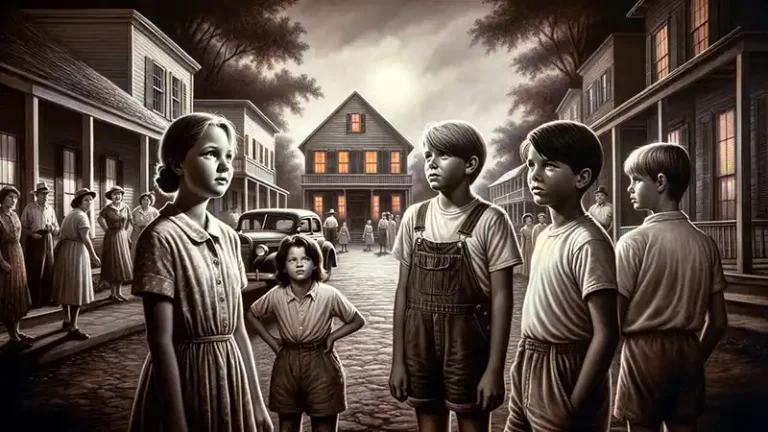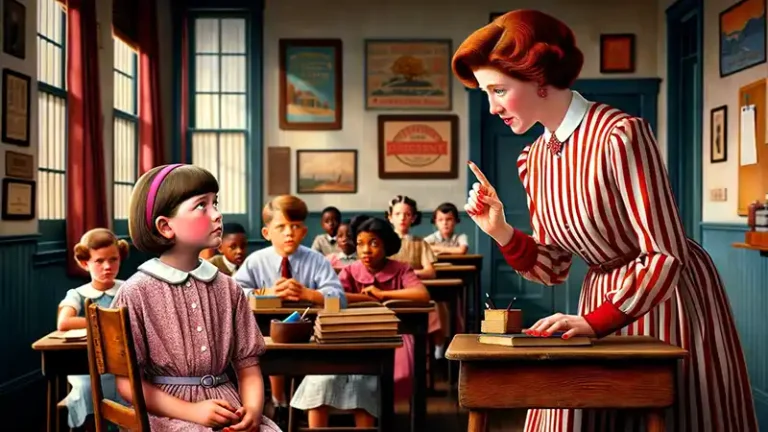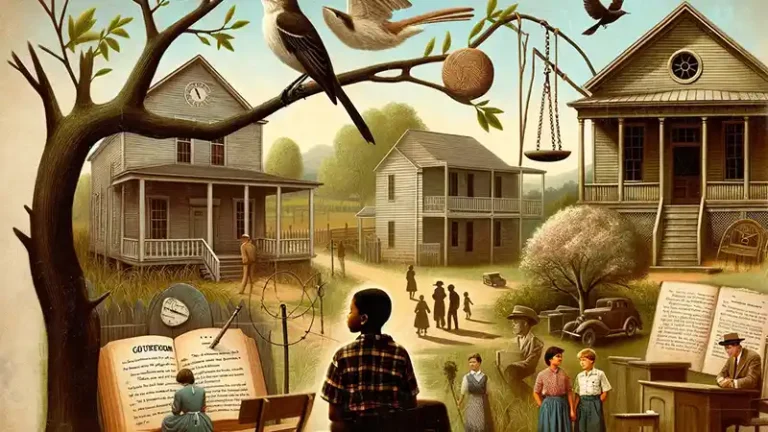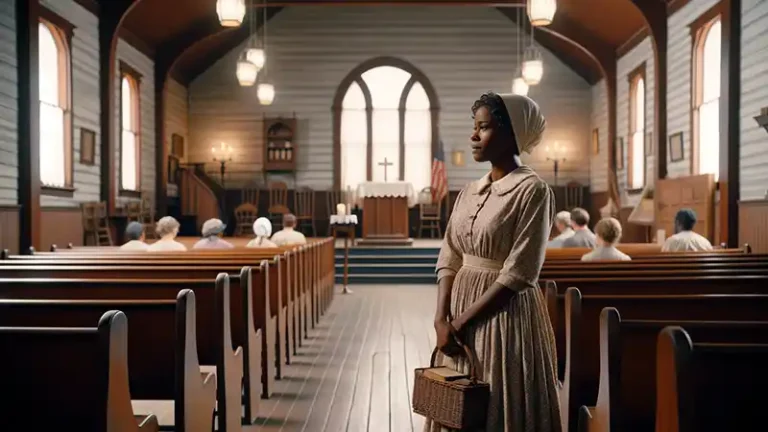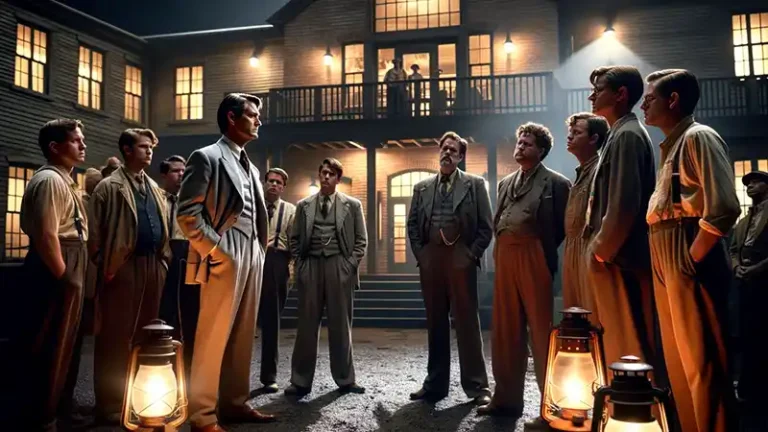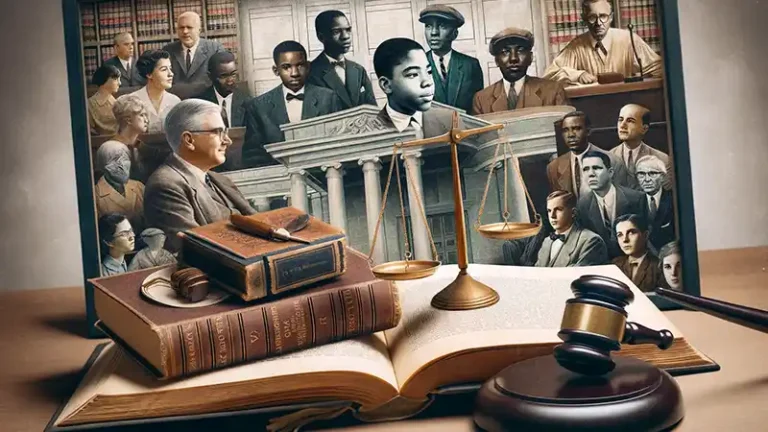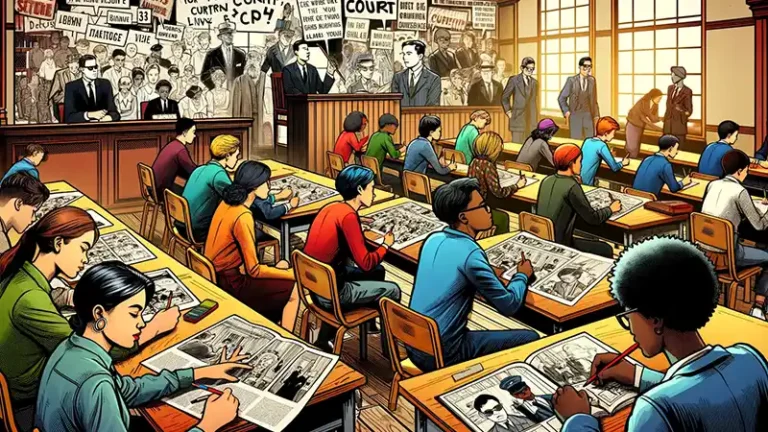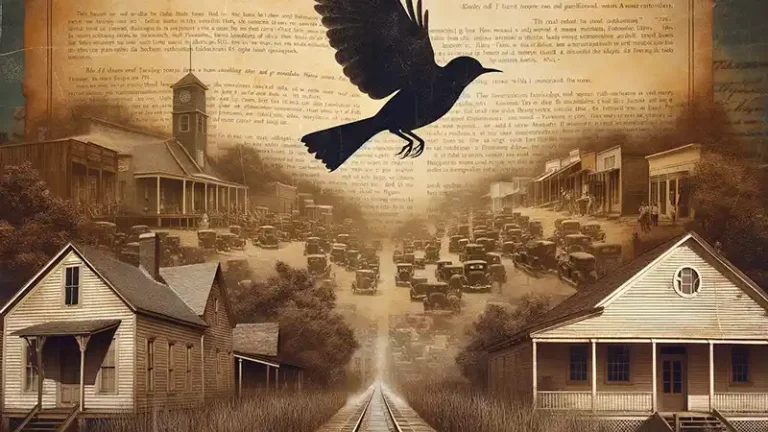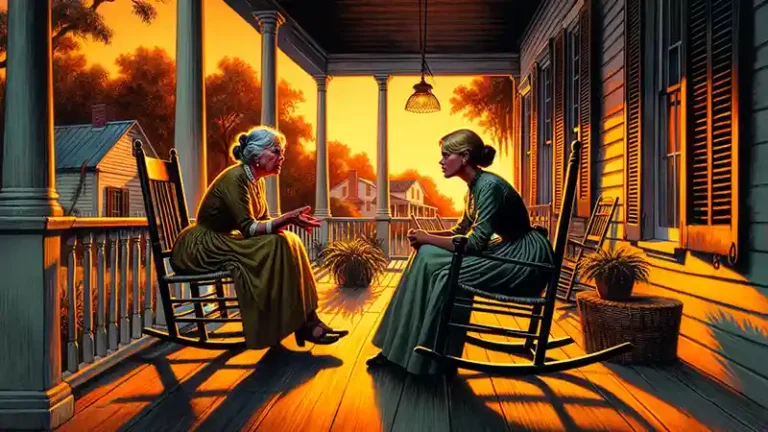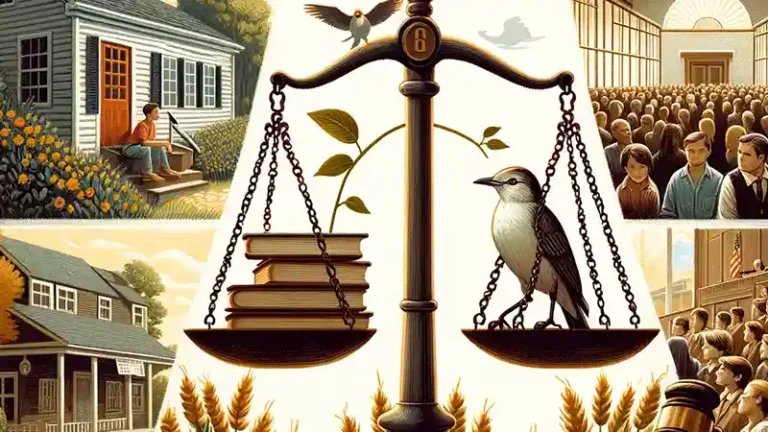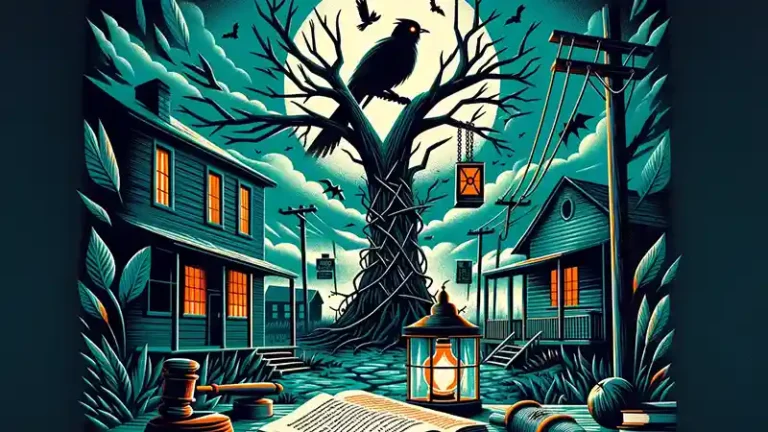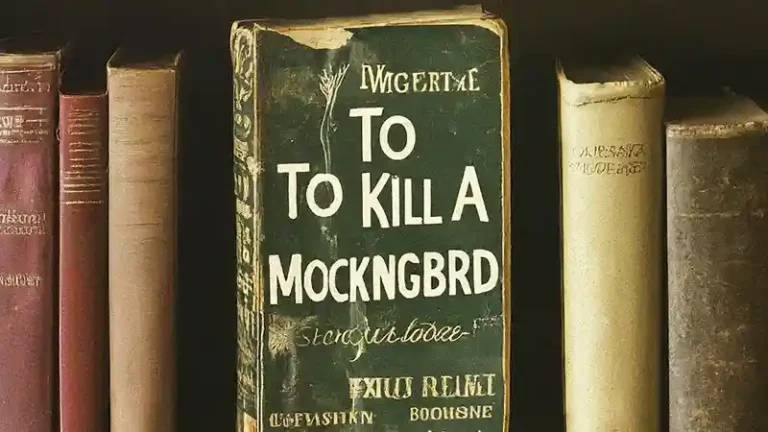To Kill a Mockingbird Unit Plan
Welcome to the To Kill a Mockingbird Differentiated Unit Plan, a comprehensive and interactive approach to exploring Harper Lee’s classic novel. This plan is meticulously crafted to cater to diverse learning styles, ensuring that each student can connect with the rich themes and historical context of the story. Through a variety of engaging activities, insightful analyses, and creative projects, students will delve into the world of Maycomb, Alabama, and gain a deeper understanding of the novel’s enduring significance. Whether through analytical discussions, kinesthetic role-playing, or visual representations, this unit plan offers a multifaceted experience that brings To Kill a Mockingbird to life for a new generation of learners.
An Engaging Introduction Lesson for To Kill a Mockingbird
Welcome to this interactive lesson plan designed to guide your students through Harper Lee’s classic novel, To Kill a Mockingbird. As an educator, you will find this resource invaluable as a differentiated lesson dealing with the novel’s rich historical backdrop and the significant impact of Lee’s life experiences on her writing. This lesson offers a…
1930s and Jim Crow Project for Student Engagement
As educators, we often strive to provide our students with a rich understanding of historical contexts, to enhance their comprehension of literature and foster a deeper appreciation of the past’s impact on the present. This lesson plan, designed for the exploration of the 1930s and the Jim Crow laws, aims to supplement your teaching of…
To Kill a Mockingbird Chapter 1: High School Lesson Plan
Today we will explore Chapter 1 of To Kill a Mockingbird in a unique, engaging manner. Today’s lesson is crafted to cater to diverse learning styles by offering different versions of the book, including a novel, audiobook, and graphic novel. Our process emphasizes active engagement with the text, as students choose their preferred format and…
To Kill a Mockingbird Ch. 2: Scout & Harper Lee’s Letter
Chapter 2 of To Kill a Mockingbird is juxtaposed with Harper Lee’s letter to Oprah Winfrey. The lesson is designed to engage students in a multifaceted exploration of literary devices, thematic parallels, and cultural understandings. Through reading and analyzing selected texts, students will gain deeper insights into character development, societal contexts, and the power of…
To Kill a Mockingbird Chapter 3 Lesson Plan: Explore Socioeconomic Status
This lesson explores the complex socio-economic landscape of Maycomb as portrayed in Harper Lee’s To Kill a Mockingbird, Chapter 3. Students will explore the concept of socio-economic status (SES), examining how factors like income, education, and occupation shape the lives and interactions of the novel’s characters, including the Finch, Cunningham, Ewell, and Radley families, as…
To Kill a Mockingbird Chapter 4: Scout as Narrator and More
In this lesson plan, centered around Chapter 4 of Harper Lee’s To Kill a Mockingbird, we will develop a more comprehensive understanding of Scout as narrator. Our focus will be on three key learning objectives: analyzing key events and decisions made by Jem and Scout, comparing the varying perspectives in Maycomb with Atticus Finch’s teachings,…
To Kill a Mockingbird Quotes Analysis Activity
The Chapter 5 activity for To Kill a Mockingbird quotes analysis is a tool for teachers to deepen students’ understanding and appreciation of Harper Lee’s classic. This hands-on approach encourages students to engage actively with the text through the use of chart paper, sticky notes, and the novel itself. As an educator, you’ll guide students…
To Kill a Mockingbird Chapter 6: Jem’s Diary Activity
In this engaging assignment, students will explore Chapter 6 of To Kill a Mockingbird through a creative diary-writing activity from Jem Finch’s perspective. The task focuses on developing a distinctive voice for Jem and delving into his experiences during this critical chapter. Students are expected to accurately identify key events, use creative writing to fill…
To Kill a Mockingbird Chapter 7: Plot and Quote Writing
This activity focuses on Chapter 7 of “To Kill a Mockingbird” through an exploration of plot development and the skillful selection of quotations. The objective is for students to summarize the key events of this pivotal chapter and enhance their analytical skills by identifying and discussing two significant quotes. These selected quotations should ideally shed…
To Kill a Mockingbird Chapter 8: Universe of Obligation
In chapter 8 of To Kill a Mockingbird, we’ll explore concepts of community, cultural awareness, the empathy gap, and the universe of obligation. and moral responsibility in a deeply divided society. Our goal is to understand these concepts as they are presented in the book and reflect on how they apply to our own lives…
To Kill a Mockingbird Chapter 9: Family Attitudes
In Chapter 9 of To Kill a Mockingbird, students will focus on the distinct perspectives of Aunt Alexandra, Scout, and Atticus Finch regarding racial equality, gender equality, and family identity. Through this exercise, students will enhance their analytical reading skills, develop a deeper understanding of character development and thematic elements, and refine their ability to…
To Kill a Mockingbird Chapter 10: Symbolism Lesson Plan
This lesson plan is designed for Chapter 10 of To Kill a Mockingbird, with a focus on reviewing and understanding symbolism within this pivotal chapter of the novel. After a thorough reading and discussion of Chapter 10, students will have the opportunity to engage in a deeper exploration of the key symbols in the narrative:…
To Kill a Mockingbird Chapter 11: Mrs. Dubose Character Analysis
This lesson plan, centered around Chapter 11 of “To Kill a Mockingbird,” is specifically crafted to delve into the intricacies of Mrs. Dubose character analysis. After a detailed reading and discussion of the chapter, students will embark on an in-depth exploration of Mrs. Dubose’s character, utilizing the Mrs. Dubose Character Analysis Worksheet. This worksheet guides…
To Kill a Mockingbird Part 1 Quotes Lesson
This lesson plan, focusing on To Kill a Mockingbird part 1 quotes, is designed to enrich students’ understanding of the novel through a detailed examination of its significant quotes. After completing the first part of Harper Lee’s classic work, students are expected to engage in an analytical study of key quotes that reflect the themes,…
To Kill a Mockingbird Chapter 12 Memoir Comparative Analysis
This lesson plan, focusing on Chapter 12 of To Kill a Mockingbird and the memoir “You Worked Long Hours,” is designed to provide students with a rich comparative analysis of historical and fictional accounts of African American life in the early 20th century. Students will begin by reading and discussing both the chapter and the…
To Kill a Mockingbird Chapters 13-14: Personal Reflection
This lesson plan, focusing on Chapters 13 and 14 of Harper Lee’s To Kill a Mockingbird, is crafted to engage students in a reflective and analytical exploration of themes surrounding family, social norms, and personal growth. The session begins with a journaling exercise where students are prompted to introspect and write about personal experiences of…
To Kill a Mockingbird Chapter 15: Lynching History
In this lesson on To Kill a Mockingbird Chapter 15 we will take a look at the historical narrative of lynching in America, offering a comprehensive exploration of the social and racial themes present in Harper Lee’s novel. By incorporating the educational video Origins of Lynching, students will gain a deeper understanding of the historical…
To Kill a Mockingbird Chapter 16 and the Scottsboro Boys
In this lesson plan, we look at the profound themes of justice, racial prejudice, and moral integrity, as explored in Chapter 16 of To Kill a Mockingbird, and the historically significant Scottsboro Boys case. This lesson aims to foster critical thinking and empathy in students by juxtaposing the fictional trial of Tom Robinson with the…
To Kill a Mockingbird Chapters 17-21 Comic Strip Lesson
In this engaging and thought-provoking lesson, students will embark on a creative journey through the pivotal courtroom scenes in chapters 17 – 21 of To Kill a Mockingbird. This lesson plan is designed to deepen students’ understanding of the novel’s complex themes, such as racial injustice, moral integrity, and the power of perspective. By creating…
To Kill a Mockingbird Chapter 22: Reactions to the Case
In this lesson, we will immerse ourselves in To Kill a Mockingbird Chapter 22. This chapter, rich in emotional depth and complexity, invites us to explore the aftermath of the trial and its profound impact on the characters and the community of Maycomb. As students navigate through the nuanced reactions and evolving dynamics post-verdict, they…
To Kill a Mockingbird Chapter 23 and The Trouble I’ve Seen
In this lesson, we delve into the interplay between literature and history, examining To Kill a Mockingbird Chapter 23 alongside the powerful documentary The Trouble I’ve Seen. This lesson is designed to provide a multifaceted understanding of racial injustice, both in the fictional setting of Maycomb and the real historical context presented in the film….
To Kill a Mockingbird Chapter 24: Alexandra & Maudie
This lesson plan for To Kill a Mockingbird Chapter 24, students will engage in a partner-based task to write a dialogue between Alexandra and Miss Maudie following the news of Tom Robinson’s tragic death. This exercise aims to deepen students’ understanding of the novel’s characters, themes of justice and societal change, and the complex social…
To Kill a Mockingbird Chapter 25: It’s a Sin and Reactions
In this short lesson for To Kill a Mockingbird Chapter 25, students will focus on the critical moments that reflect on the novel’s overarching themes of empathy, justice, and moral integrity. Through the analysis of specific questions related to this chapter, students will gain deeper insights into Atticus Finch’s wisdom, the societal dynamics of Maycomb,…
To Kill a Mockingbird Chapter 26: Welcome Back, Boo Radley
In To Kill a Mockingbird Chapter 26, Harper Lee revisits the enigmatic character of Boo Radley, intertwining his story with the aftermath of the Tom Robinson trial. This chapter serves as a pivotal moment for character development, particularly through Scout’s changing perceptions and the community’s complex moral landscape. This lesson will explore these shifts through…
To Kill a Mockingbird Chapter 27: Unveiling Threats & Change
In To Kill a Mockingbird Chapter 27, Lee explores the aftermath of the Tom Robinson trial, revealing the lingering tensions and transformations within Maycomb. As Halloween approaches, the characters face new challenges that test their beliefs and resilience. This lesson will explore Aunt Alexandra’s concerns over Bob Ewell’s threats, Atticus’s perspective on danger, and the…
To Kill a Mockingbird Lesson Plan: Mood and Morality in Chapters 28-31
This To Kill a Mockingbird lesson plan for chapters 28 – 31, explore the intricate dynamics of mood shifts, motivations behind characters’ actions, and differing perspectives on human nature. Through detailed examination and discussion, learners will gain insights into the thematic depth of the novel, understanding how Harper Lee crafts mood to enhance storytelling, explores…
To Kill a Mockingbird Culminating Essay & Presentation
Finally, the To Kill a Mockingbird culminating activity. TKAM is a cornerstone of American literature that explores themes of racial injustice, moral growth, and compassion. The culminating activity will consist of two parts: an MLA formatted essay and a presentation. This activity aims to deepen students’ understanding of the novel’s themes, characters, and historical context,…
Why Use Differentiation in To Kill a Mockingbird? For Better Student Engagement!
Teaching for almost two decades brings a lot of changes and reflections. Some things get better, some… not as much. Like many teachers, I’ve been shifting towards a differentiated approach over the past few years. The traditional skill-and-drill had its place, but I felt like something was missing – a way to make deeper connections…
